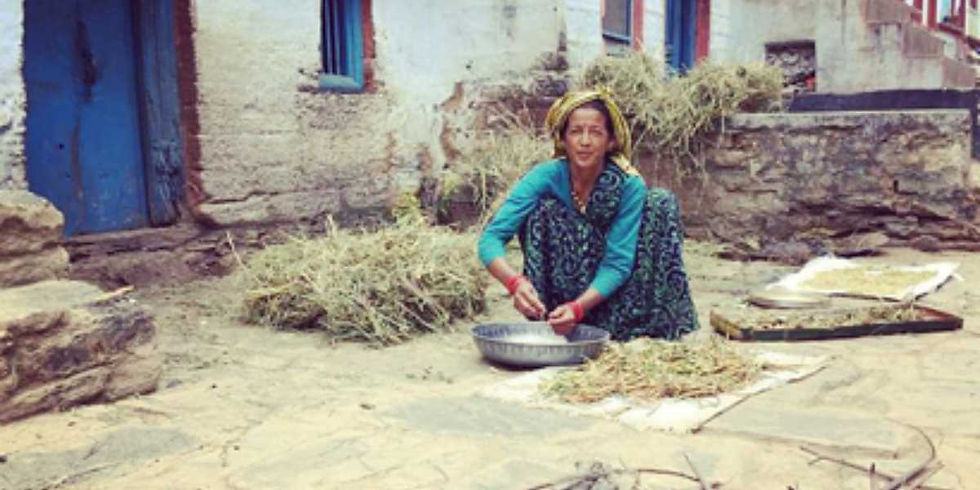Living Wages: how they are calculated
- Indo Naturals
- Feb 7, 2023
- 3 min read
According to the World Bank, roughly 736 million people currently live in extreme poverty globally. Half of this population resides in India, Bangladesh, Nigeria, Ethiopia and the Democratic Republic of Congo [1]. The international poverty line lies at US$1.90, which remains too low for workers and their families to meet their basic needs [2]. In response, initiatives worldwide have made an effort to raise wages to meet a Living Wage [2].
A Living Wage is:
“The remuneration received for a standard workweek by a worker in a particular place, sufficient to afford a decent standard of living for the worker and her or his family. Elements of a decent standard of living include food, water, housing, education, health care, transportation, clothing, and other essential needs including provision for unexpected events [3].”
Using the World Fair Trade Organisation (WFTO) guidelines, we calculate the Local Living Wages for our producers. The way in which the Local Living Wage is constructed, it can be implemented by any organisation in any region. With a ‘bottom-up' approach, each organisation can determine their Living Wage using fairness and negotiation with all partners involved. There are 3 parts to calculating the living wages; local living costs analysis, local wage comparison analysis, and local context analysis.

Local Living Costs
To calculate the Local Living costs we first establish the food basket, which is made up of a nutritious and affordable local diet. It includes the edible weight of each food item, the caloric value, and the market price per kilogram. A multiplier is then applied to the food basket price to take into account non-food costs (e.g., housing, transportation, clothing) and the cost of providing for the whole family.
Living Wage Ladder and Context Notes
A Local Wage Ladder, as well as Local Context Notes, are used to add a further dimension to the Local Living Wage, making it more specific to the region of workers. The Context Notes provide descriptive details of the region the producers work in. Addressing a list of factors that typically affect the lives of the people in a region as well as taking into account the political, social, cultural, commercial and environmental aspects of an area. These factors become a part of determining the living wages. If there for example is no access to free public schooling for the children or free public hospital in case one gets sick, the calls for increased living wages since this has to paid for by the worker.
On the other hand, the Wage Ladder is designed to reflect the specific situation of the workers within the local economy. It provides an overview of the legal minimum wages, alternative employment opportunities, living wages provided by reference and global organizations and regional poverty lines.
Finalizing the living wage
Creating the living wage calculations, local living wage ladder and local context notes is a lengthy process that is done through close partnerships, and open discussion with the producers. Together we use all three tools to land on a reasonable local living wage.
This work is an important part of assuring fair trade and one of the most direct ways of helping
to reduce poverty and increase economic equality as it’s elementary to good livelihoods, growth, and opportunities. Nevertheless, fair trade work includes many other components such as producer assessments, monitoring, reporting, improvement planning, capacity-building, audits, and more. Read more about that here.
References:
[1] https://www.worldbank.org/en/topic/poverty/overview#1 (Oct 14, 2021)
[2] https://wfto-europe.org/wp-content/uploads/2019/07/Implementing_SDG8_through_the_WFTO_Fair_Payment_Process_full_report.pdf
[3] https://www.globallivingwage.org/about/what-is-a-living-wage/





























